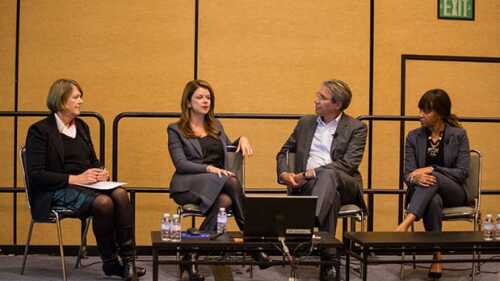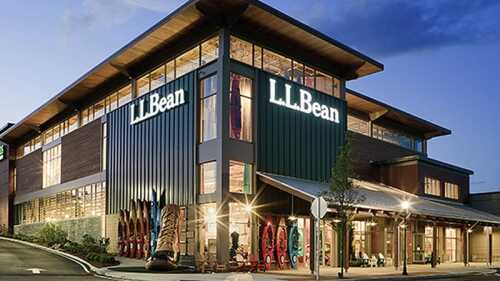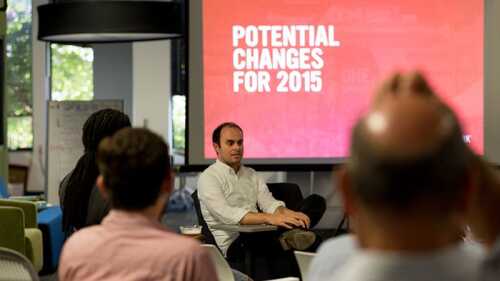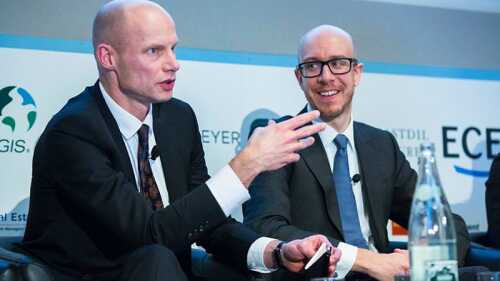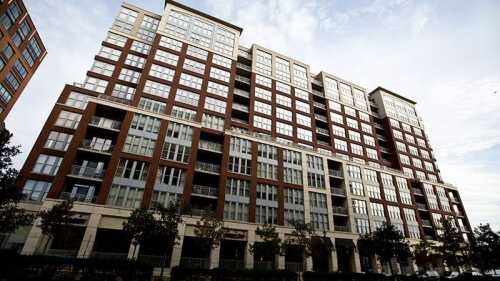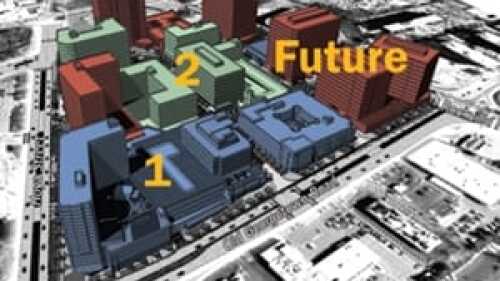Best Practices
Barangaroo is an AUS$8 billion (US$5.8 billion) waterfront renewal project transforming a long-neglected part of Sydney’s central business district. It is also the city’s largest urban renewal project since the Olympic Games 15 years ago.
Women in the real estate and land use industries have strong ambitions to lead companies and are willing to make multiple moves or start their own companies in order to advance their careers, according to a panel discussion of a report developed by the ULI Women’s Leadership Initiative (WLI); the discussion took place at the 2015 ULI Fall Meeting in San Francisco.
The primary goal of SFpark—a major initiative for the city of San Francisco—is to make it easy to find a parking space. The rationale behind the initiative is a belief that drivers unable to find a space on the street will cruise around or double-park, adding to congestion.
Not long ago, it seemed as if e-commerce would make brick-and-mortar retail as obsolete as rotary telephones. Instead, catalog and web retailer L.L.Bean is leading a wave of businesses that are building physical storefronts to drive their online trade.
Now in its third year, the OneSpark festival highlights entrepreneurial projects in both a juried competition and a popular vote in what is touted as the “world’s biggest crowdfunding festival.” There will be 555 official OneSpark creator projects this year.
Disruptive forces created by climate change represent the “new normal” for the real estate industry and cities worldwide, posing “huge risks” to those not adequately preparing for it, warned a panel of experts at the ULI Europe Annual Conference in Paris in early February.
Today’s renters and homeowners want to live in bustling neighborhoods with good access to amenities and mass transit.
The built environment is having a critical impact on the physical and emotional well-being of residents and workers, said Richard Jackson, professor and chair of environmental health sciences at the University of California at Los Angeles Fielding School of Public Health, speaking to a group of land use, urban design, and community development experts in Washington, D.C.
Efforts to increase buildings’ energy efficiency have moved beyond the “low-hanging fruit” stage, said industry leaders at the 2013 Building Energy Summit held on March 26 in Washington, D.C. While progress has been made on many fronts, advocates still face challenges in convincing building owners and developers to invest in sustainability.
Special assessments, which tie property taxes directly to benefits, are being used in some of the country’s highest-profile transit projects.


